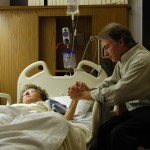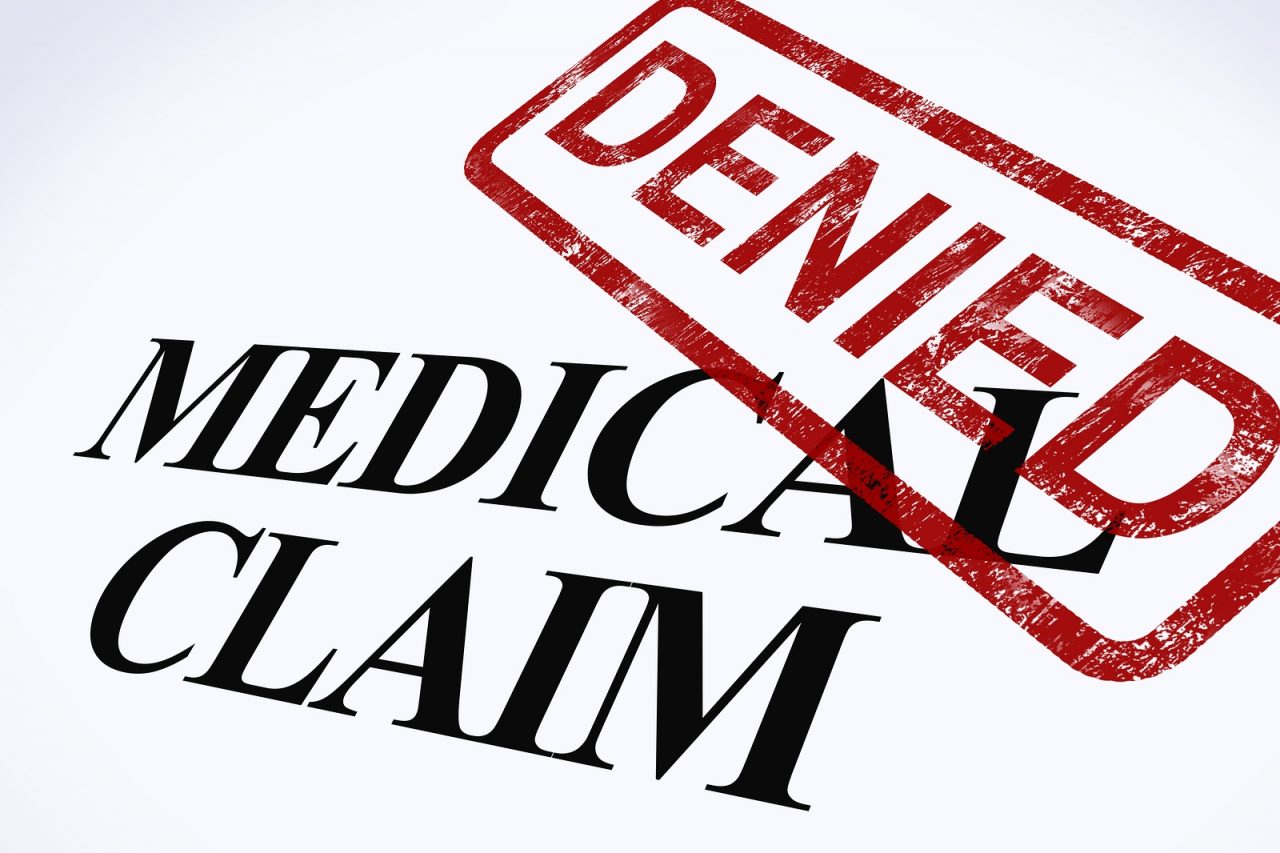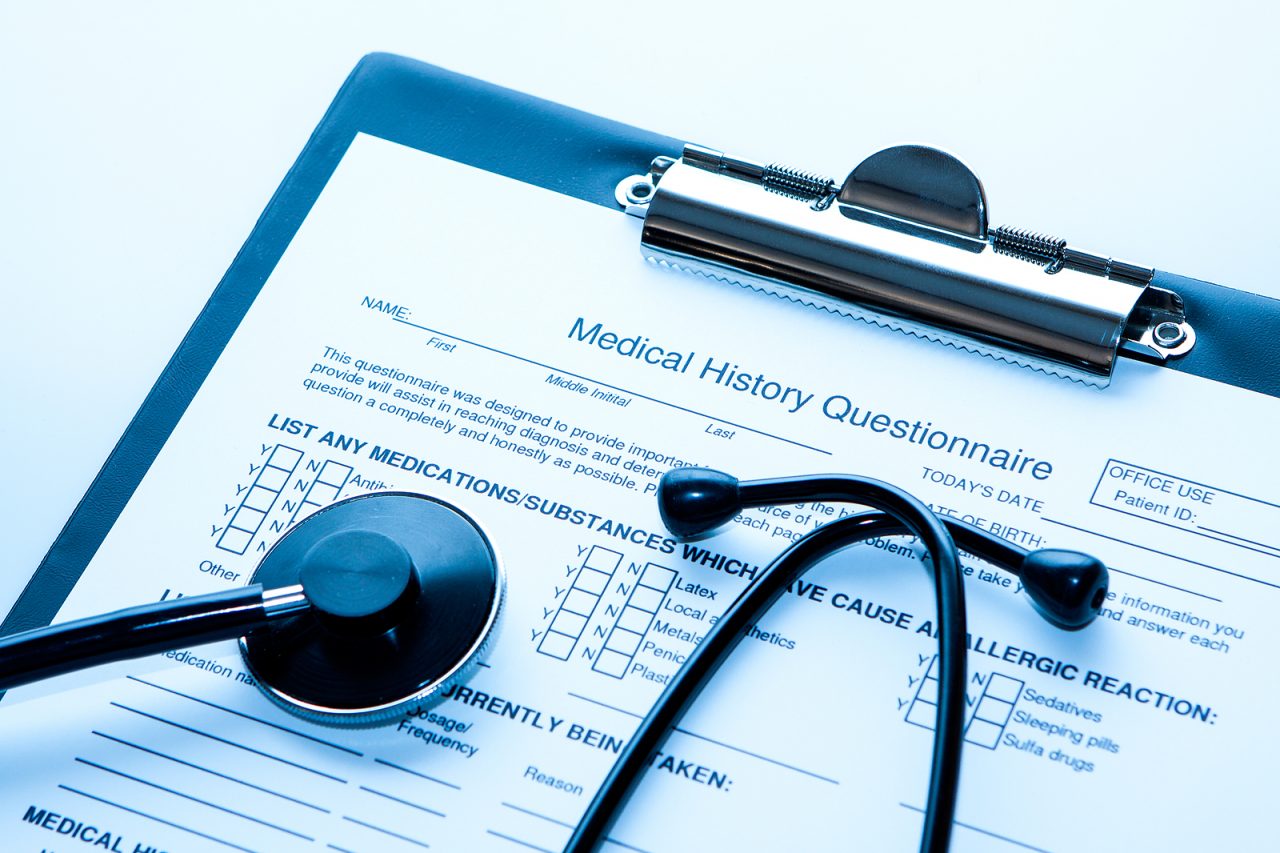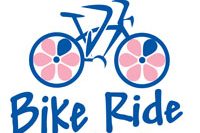As an Oncologist, I write many prescriptions. Narcotics, chemotherapy, sedatives, anti nausea, steroids and dozens of other drugs. Therefore, I was quite shaken by the September study in the Journal of Pediatrics showing a rapid increase in the pharmaceutical poisoning of children.
An astonishing 500,000 children younger then 5 years old accidently ingest medication yearly and approximately 53,000 require emergency treatment. ERs see another 21,000 five to fifteen year olds for drug poisoning. The overall rate of poisoning increased by more then 30% between 2001-2008. The Centers for Disease Control (CDC) calculates that over 80% of the time this occurs because an unsupervised child finds and ingests medication.
Every day an average of 82 people die in the United States of accidental poisoning. Prescription drugs cause 93% of poisonings. One out of 180 two year olds must be treated in an ER for poisoning. This study of children showed an increasing rate of injury (up 43%), hospital admission (36%), emergency room visits for poisoning (30%)and acute drug exposures (22%). American’s spend 3.5 billion dollars each year to treat adverse drug events.
Prescription narcotics such as oxycodone, hydromorphone, and methadone are a more common cause of death then cocaine and heroin. Oral diabetic medications, especially take as an overdose in young children, can cause tremendous injury. Even heart and blood pressure medications can be dangerous. The blood thinner warfarin was originally marketed as rat poison.
The number of poisonings in children is likely to keep growing because of the number of new medications, the aging of the population, the increasing use of drugs to prevent disease and improved insurance coverage. 82% of American’s take at least one medication and 29% take five or more. The expanding use of medications to treat ADHD makes drugs more available and more casually ingested. With the recession and the increase in childcare by grandparents, children may be spending more time in higher risk environments.
The Pediatric Journal authors recommend improved drug packaging, noting that if a child can use an iPad, he/she can probably defeat a “child resistant” cap. They encourage manufacturers to use blister packs and flow restrictors on liquid medications.
What can you do? Throw away old medications. Only keep medicines that you are currently using. Keep track of drugs you have in the house. Do not leave medicine in accessible kitchen cabinets or bathroom drawers. Recap medications and store out of reach. If you are giving or taking medications and must leave the room, store or take the drugs with you. Do not keep medications for adults, with medications for children. Do not keep medications with food. The most childproof bottle is the one that no child can reach.
When you are giving medications to children, take extra care. Turn on the lights. Read all the packaging. Recheck your measurements. If you are not certain, have someone else look. Do not hesitate to call your pharmacist or doctor for advise. Do not give children medications prescribed for adults. Children are not just “little grown-ups.” Do not make-believe medicines are candy, when you are giving them to children. Remember to demand the same safety rules, wherever your child is staying.
Keep the number of Poison Control handy (1-800-222-1222). If you are concerned about something, that “might” have happened or just need advice, give them a call. The service is free and confidential.
Childhood medication poisoning should be a never event. Do what is needed to assure it never happens to yours.







1 Comment